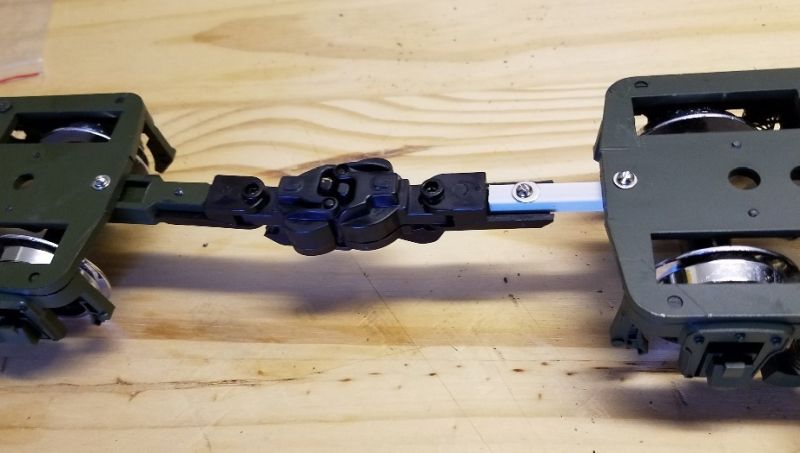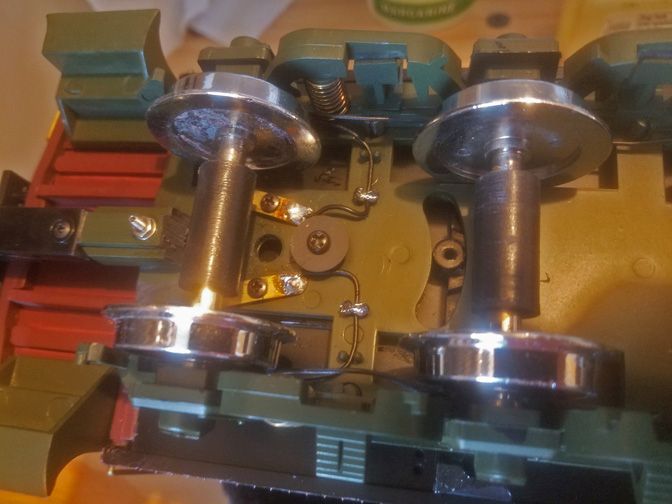I was debating whether to bother taking shots of my coupler mods, and after close inspection, decided to do it. The piece I cut off was sitting on the bench next to the truck, so I snapped a pic.
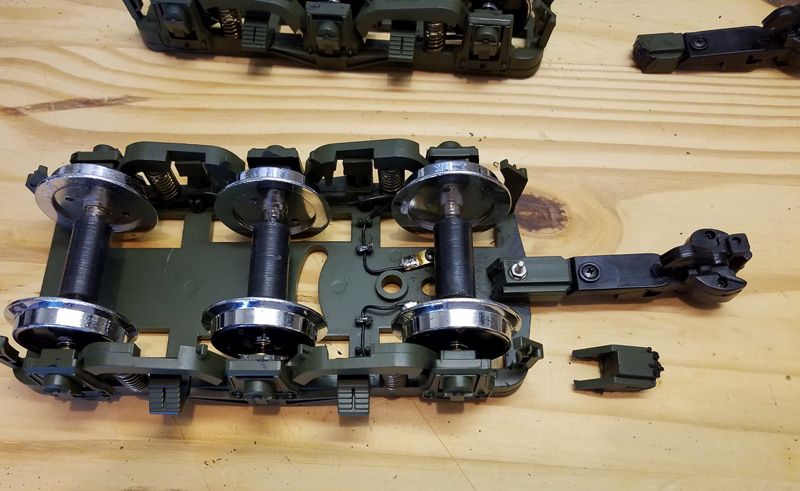
You can see I cut off 3/4" and then drilled a hole for a 2-56 bolt. I’ve done this on many coaches in the past. But wait - what’s going on with the other truck in the background?
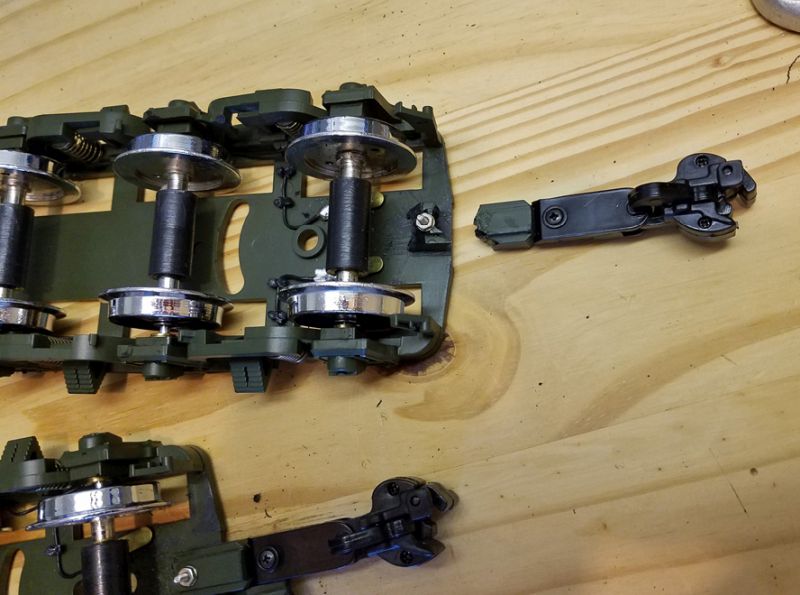
Aaagh - the couple mount has broken apart!
Most unusual - the plastic is usually fairly malleable and difficult to break. But there it was, with clean shiny plastic on each side.
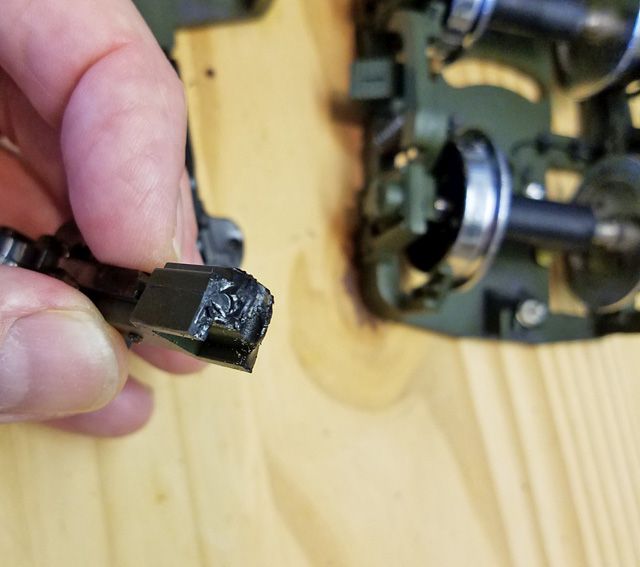
Even more interesting, was the pieces left under the bolt, where it split down the middle.
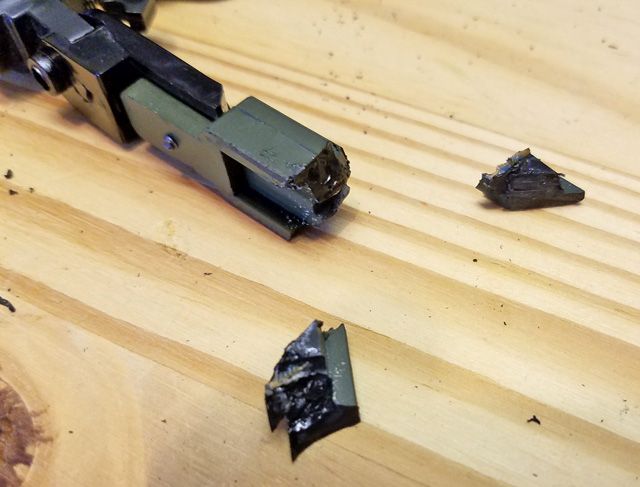
Every now and then you get a very brittle piece of plastic - I recall a Bachmann hopper that I was cutting/trying to cut with the table saw. It just shattered rather than making a clean break or melting.
Guess I will have to make a new coupler mount. Anyone ever seen this before?
